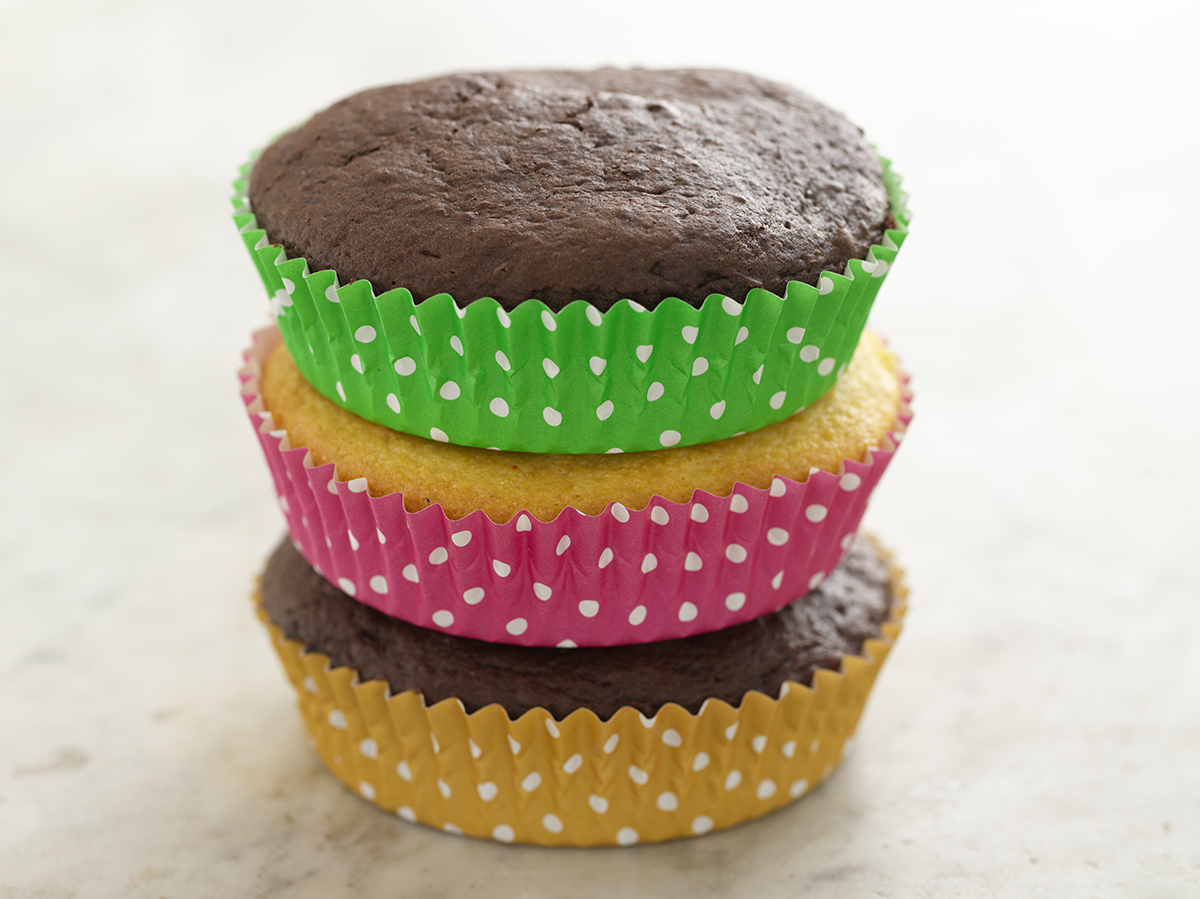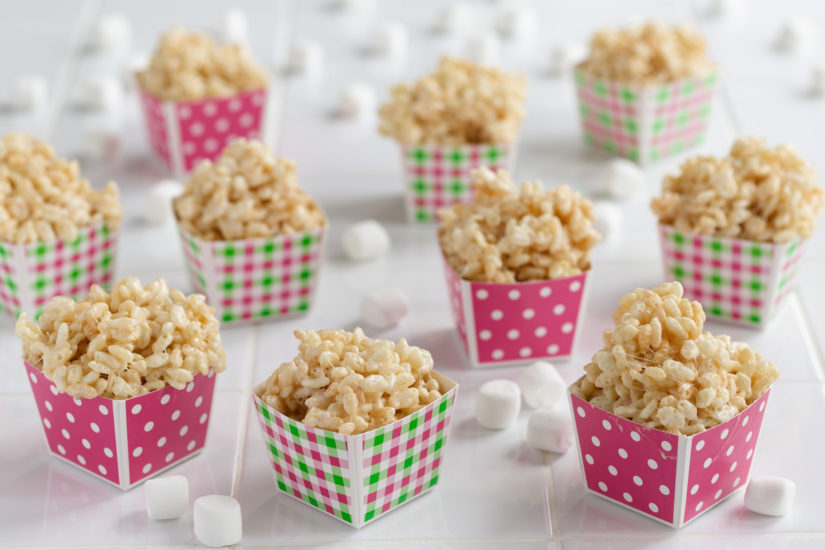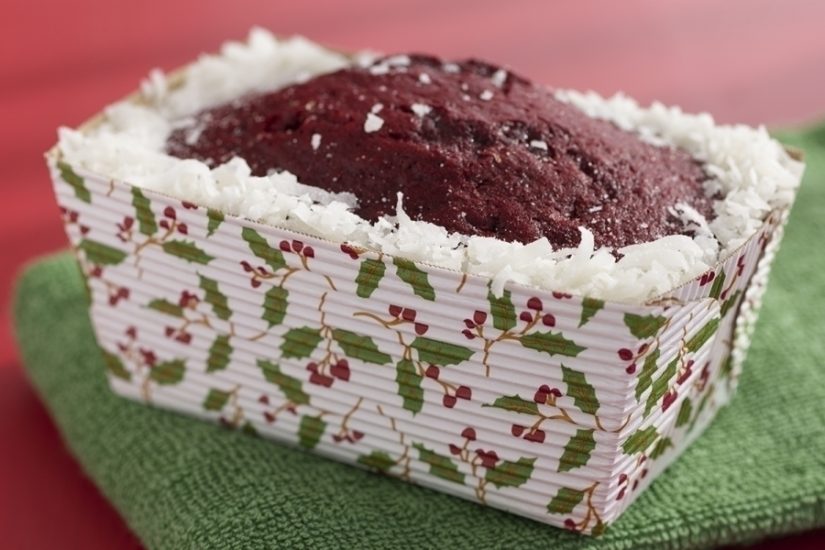The baking aisle of your local supermarket is like all of the other aisles: a sea of choices. You know that it’s where you find the baking bars of chocolate, and you likely know the basics of baking with it. It’s manufactured specifically for baking and not meant to be readily consumed like those tempting candy bars that reside near the cash registers. (Not that you couldn’t consume it that way.)
But as a baker, you need to know more than the basics. Here are some tantalizing (and tasty!) facts about baking bar chocolate:
- What baking chocolate lacks in sugar it makes up for it in cacao.
- It contains few ingredients other than cacao, helping it melt almost perfectly every time.
- Eaten out of hand, it has a naturally bitter taste.
- In baked goods, it has a richly delectable taste.
- The ratio of other ingredients to the amount of cacao affects texture and how it will act in baked goods.
- Bars are known for their versatility. You can chop them and them and fold them into almost any batter.
- The best way to store baking bars is in the original package with some plastic wrap for good measure. Refrigeration is not necessary.
- If exposed to moisture, your baking bar will experience a sugar bloom (whitish spots on its surface) but it’s still edible.
- If you’re considering chocolate chips as a substitute for bars (and we love chips, too) keep in mind that chips may not melt as readily and may not be as high quality.
- The higher the quality of bar chocolate, the better the finished product.




